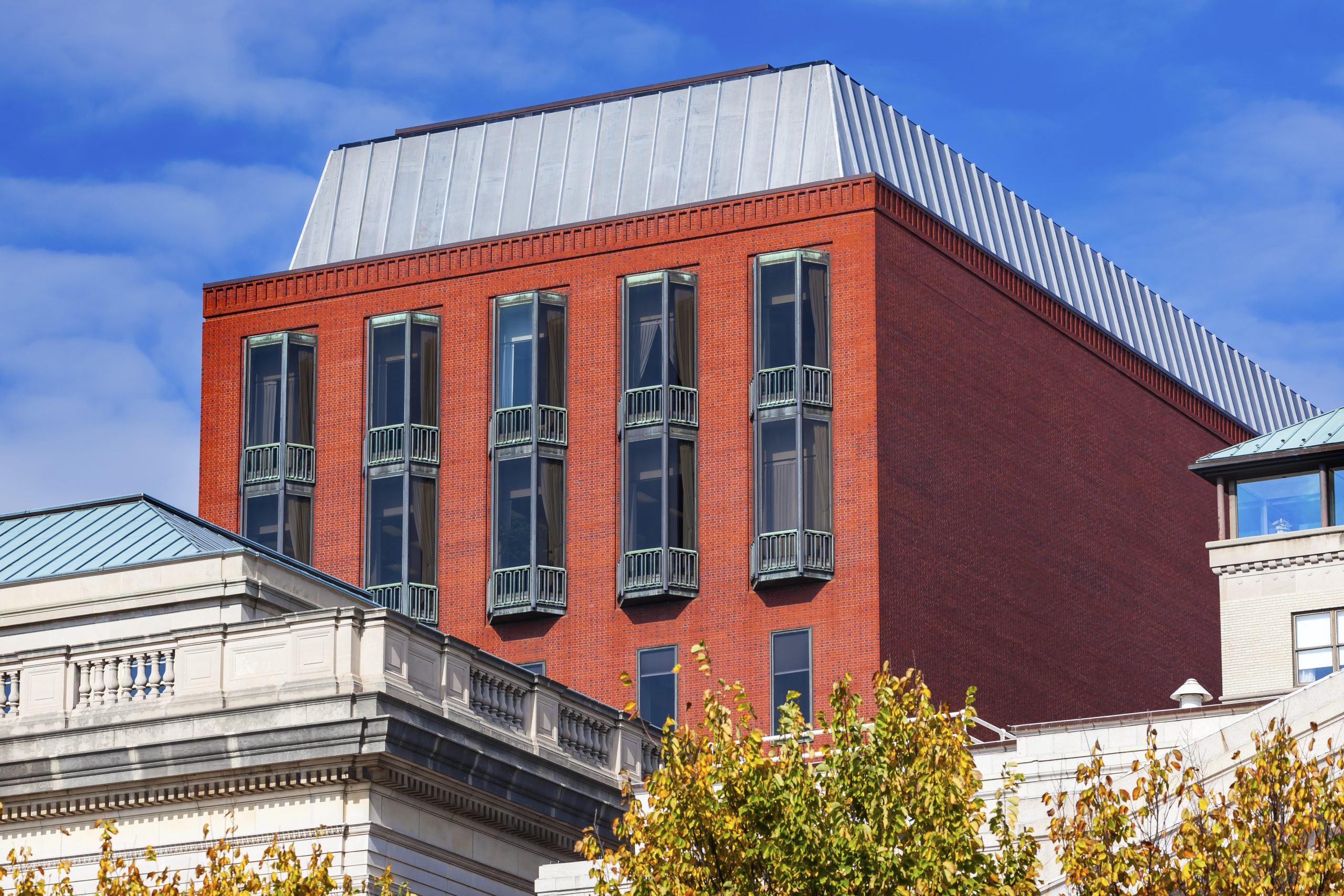No Handling Necessary: Industry Demo Was A Public Use: Minerva Surgical, Inc. v. Hologic, Inc., 2023 WL 1999900 (Fed. Cir. Feb. 15, 2023) | Irwin IP LLP
Be careful of showing your claimed inventions at tradeshows. On February 15, 2023, the Federal Circuit (“CAFC”) affirmed a summary judgment ruling that, by merely showcasing an embodying device at an industry event (the “Event”), Minerva Surgical, Inc. (“Minerva”) had engaged in an invalidating public use more than one year before its patent filing. Although Event attendees could not handle the device, the attendees were able to scrutinize the device and the claimed invention was ready for patenting based on prototypes, drawings, and a detailed description of the invention.
Minerva sued Hologic, Inc. and Cytyc Surgical Products, LLC (collectively “Hologic”) for infringement of U.S. Patent No. 9,186,208 (the “’208 Patent”) in the District of Delaware (“the district court”). The ’208 Patent is directed to surgical devices for a procedure which stops or reduces abnormal uterine bleeding. Hologic moved for summary judgment of invalidity arguing that the ’208 Patent was invalid under the Pre-AIA public use bar of 35 U.S.C. § 102(b) because Minerva demonstrated a device at the Event that disclosed the claimed invention of the ’208 Patent more than one year before the ’208 Patent’s priority date. The district court held the demonstration and display of Minerva’s device at the Event embodied the ’208 Patent. Minerva appealed arguing that: (1) the “mere display[]” of the device was not a public use; (2) the device did not embody claim 13 of the ’208 Patent; and (3) that the device was not “ready for patenting” at the time of the Event because Minerva was still improving the underlying technology.
Regarding Minerva’s arguments, the CAFC held that the nature and public access of the Event indicated a public use. The Event was known as the “Super Bowl” event of the industry, was open to the public, included attendees who were critical to Minerva’s growing business; 15 devices were used at the Event; and the devices were shown on multiple days. The CAFC found these demonstrations to be more than a “mere display” of the claimed invention because Minerva pitched its device to industry members who were allowed to “scrutinize” the device to “see how it operated.” Minerva argued that there was no evidence that their device could be handled at the Event, but the CAFC held that the public use bar is not predicated on physically holding the device. Additionally, the CAFC noted that Minerva imposed no confidentiality obligations on Event attendees and that Minerva did not follow its alleged policy not to disclose proprietary information before Minerva files for a patent.
Next, the CAFC held that Minerva’s device embodied claim 13 of the ’208 Patent. Minerva’s documentation before and after the Event express disclosed the limitations of claim 13. This documentation included, test studies, lab notebooks with CAD drawings, a presentation, a brochure, and a bill of materials.
Finally, the CAFC held Minerva’s invention was ready for patenting for two reasons. First, Minerva reduced the invention to practice by creating a “working prototype” that operated for its intended purpose. The CAFC held Minerva’s claims of improving the invention were merely “later refinements” or “fine tuning” and were enough to find the invention was ready for patenting. Second, the drawings and detailed descriptions in Minerva’s documents were enough for a person of ordinary skill to practice the invention. Therefore, the CAFC held the invention was ready for patenting and was an invalidating public use.
This decision serves as a cautionary tale for inventors looking to show off their inventions at industry events and tradeshows. Showing an invention at a public event, such as an industry-wide event, should be presumed to be a public use and the inventor or assignee should take care to file for patent protection within one year of any such event.






